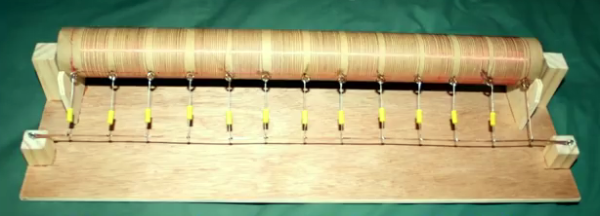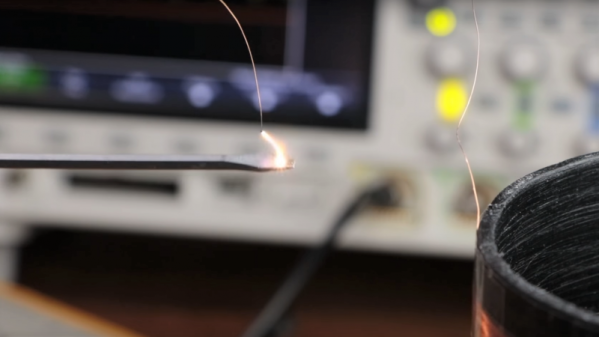Around here, a new blog post from [Ken Shirriff] is almost as exciting as a new Star Trek movie. This time, [Ken] tears apart a 76477 sound effects chip. This chip was state-of-the-art in 1978 and used in Space Invaders, along with plenty of other pinball machines and games.
[Ken] started out with a die photo from [Sean Riddle] and mapped its functions. Unlike a modern sound chip, this one created sounds based on networks of attached resistors and capacitors. Even if you aren’t interested in the chip, per se, [Ken] explains how the die implements active and passive devices, along with some key analog design principles like current mirrors (although we are pretty sure he got his right and his left mixed up, or maybe it was a very subtle mirror joke).
Before electronics magazines were full of computer projects, they were full of music synthesis projects and the 76477 is like a crude synthesizer on a chip. It has voltage controlled oscillators (VCOs), and generates envelopes with specific attack and decay times to create the sounds of interest.
This reminded us a little of the sounds from the more advanced MOS6581. [Ken] has looked inside a lot of ICs, including at the 2016 Hackaday SuperConference.

















